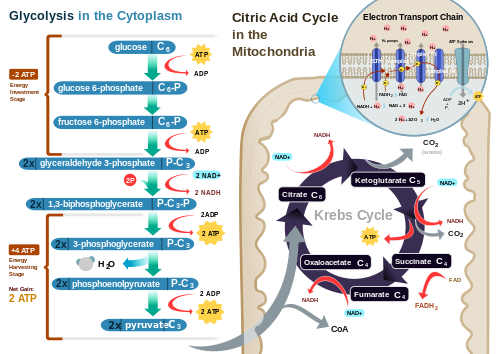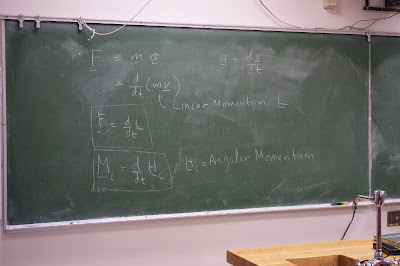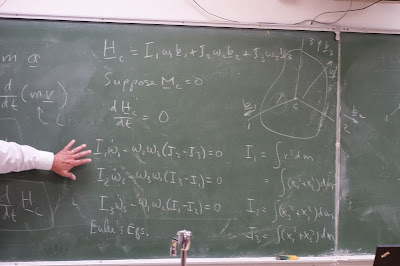There's been much debate about whether the U.S. has a workforce shortage in STEM jobs. Bayer Corporation recently added to the discussion with their Facts of Science Education survey, which indicates a substantial need for STEM graduates, especially at the four-year or two-year degree level.
A #STEM workforce shortage? New Bayer survey says YES. New hires with #STEM degrees are hard to find http://t.co/xuXExjyK4i via @BayerMSMS
— Ken Kubo (@kmkubo) October 29, 2013
Change the Equation STEM Salon Confirms #STEM Workforce Shortage http://t.co/t6Qnv4nhEa via @changeequation
— Ken Kubo (@kmkubo) October 29, 2013
Bayer Weighs in With ‘Yes’ on STEM-Shortage-or-No-STEM-Shortage-Issue http://t.co/oHfCIGCJVa ~via @ERE_net #STEM #IT #Recruiting #TechnologyBayer survey documents are also available here.
— Lee Mitchell (@solikelee) October 29, 2013
Jerry MacCleary, President, Bayer MaterialScience LLC, comments on the survey:
While much of the debate today centers on the country’s pool of STEM Ph.D.s., this survey focuses on the lion’s share of our STEM workforce -- those with four-year STEM degrees or less. For this particular debate, we believe the jury is no longer out. As professionals responsible for scouting and hiring talent, the recruiters’ firsthand knowledge is an excellent barometer of the STEM workforce realities that companies in a range of industries are facing today.
It will be important to know how Bayer defines the STEM workforce. For example, does the survey highlight science graduates, which tends to get maligned in the STEM debate?
Are we overselling the 'S' in #STEM education? Comparing wages for different majors via @washingtonpost http://t.co/HRiJQyet7oAnd how will STEM skeptics respond to Bayer report? IEEE Spectrum had an ongoing discussion in September 2013 on whether the STEM workforce shortage is a myth, fueled by IEEE Spectrum Contributing Editor Robert Charette's feature story.
— Ken Kubo (@kmkubo) September 27, 2013
Cutter Fellow Bob Charette on @hereandnow about the mythical STEM crisis http://t.co/KAfQ3gj3H7
— Cutter Consortium (@cuttertweets) October 15, 2013
So-called "STEM shortage" is a myth; and a well-rounded education is the solution, argues @IEEESpectrum : http://t.co/AdwvQRsWu7
— UF Humanities Center (@UF_Humanities) October 22, 2013
The discussion continues...

















.jpg)










































